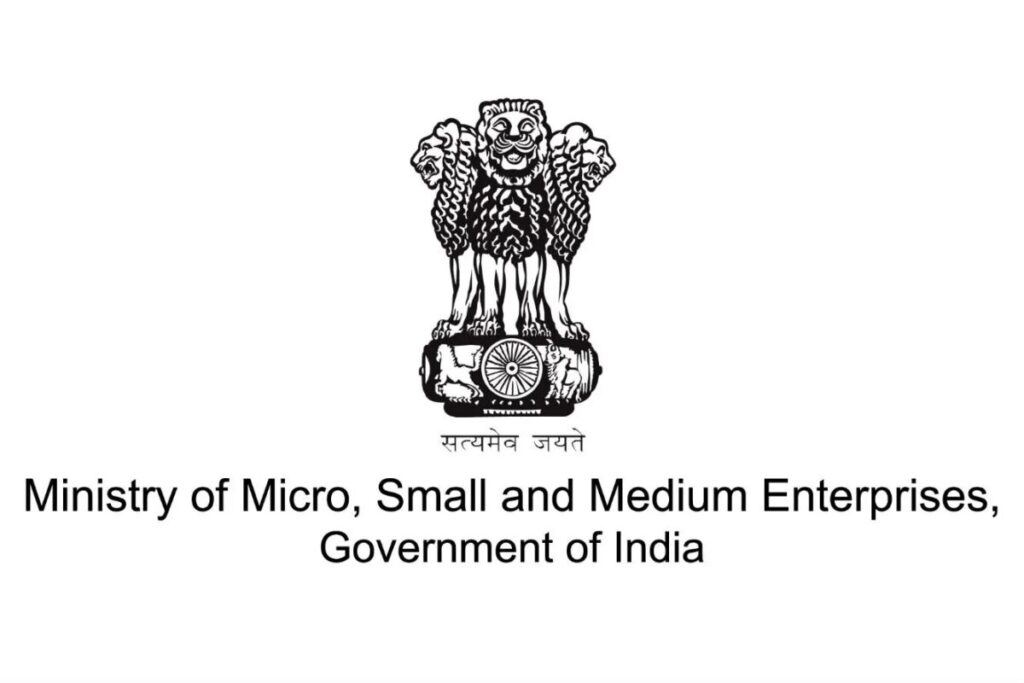Sanitary Napkins and the Environmental impact Part -1: Disposal of sanitary napkins
How to dispose a sanitary napkin? Have you heard of organic/ biodegradable/ compostable sanitary pads? Can sanitary napkins be 100% compostable? Can disposable products be recycled? What should be government’s policy around disposal of sanitary napkin waste?
This blog is a part of a series of 5 articles with the aim of answering some of the above questions and creating a complete picture of the life cycle of products to drive collective action towards better health and better environment.

Sanitary Napkin Waste generation in India
While the importance of creating awareness about menstrual health and hygiene is indisputable, there is always a counter argument raising the issue of waste generated due to inappropriate sanitary napkins disposal. Both of these issues make it to our priority list and cannot be snubbed for the sake of each other. It calls for an all-encompassing solution because the current practices to dispose sanitary napkins in India prevailing are only to worsen the garbage situation in the future.
For a population of 350 million menstruating women in India, assuming 35% women use sanitary napkins regularly at an average of 8 pads a month, about 200 tonnes of sanitary napkin waste would be generated daily!
Although sanitary napkin disposal contributes only less than 1% to the total plastic waste generated, it is no less than 25000 tonnes a day, which, on account of its enormity, makes it, in no case, negligible. It, hence, does not come as a surprise that we are in dire need of sustainable alternatives to dispose sanitary napkins in India. Through the persistent efforts on many levels, the menstrual hygiene industry is growing rapidly, but that is impacting adversely on the waste management sector, where, due to inadequate endeavors of public health department, 85%of the waste goes mismanaged.
Sanitary napkin disposal methods today
This calls for a detailed analysis of the methods of sanitary napkin disposal. There can be observed a pattern in the methods according to the area inhabited by the person. Most women living in urban areas dispose sanitary napkin in a dustbin which eventually piles up in landfills, whereas women in rural areas prefer to wash napkins and bury in a pit. It is also highly dependent on whether it is being disposed at home or at work place/school. In public washrooms, often due to poor infrastructure, sanitary napkins are flushed or are left in corners or other open areas. Very few women actually incinerate the soiled sanitary napkins. This picture clearly suggests taking steps towards educating people about how to dispose sanitary pads at home.
Indian government’s guidelines for disposal of sanitary napkins
Indian government’s CPCB has set guidelines for disposal of sanitary waste and has specified role of all stake holders of the product to dispose them. It has been recommended to follow the methods to dispose sanitary napkins enlisted below:
1. Low-cost incinerator – Rural setup – Sanitary napkins preferably without SAP.
2. Electric incinerator – Rural/Urban setup
3. High temperature incinerator for bio-waste – Urban setup with central collection and disposal with other bio waste.
4. Deep burial – Rural setup – Compostable materials only
5. Composting – Compost site – Compostable materials only
6. Pit burning – Rural area
According to the guidelines, the waste can be disposed by either incinerating (central incinerating units for urban or low-cost incinerating units for rural) or disposing in landfills. Both of these ways are easily doable but need to be implemented effectively on every level systematically. The required infrastructure and facilities should be made more accessible especially on rural fronts.
Though these methods sound ideal, they have their own setbacks, too. Broadly speaking, incineration is not an ideal method as the carbon trapped in fossil fuels is released into atmosphere along with other gases, while land filling is a major source of pollution and the plastics do not degrade for several years. Hence, we need to find better ways of handling our sanitary napkin waste by either recycling them or by using environment friendly products.
How can an individual dispose sanitary napkins responsibly?
While there are alternatives like recycling and composting (which are covered in the upcoming articles), disposal of used sanitary napkins remains a challenge across India as these processes are not widely adopted yet. Nevertheless, there are a few steps that an individual can do to help the cause.
1. If one is living in an urban society, the ideal way to dispose sanitary napkins would be to incinerate in a central incinerating facility such as the ones used by hospitals to dispose sanitary and bio waste. One has to explore and find the nearest central incineration unit in their area. For this method to be effective, it would require segregation of sanitary waste at individual level, collection at society level and incineration at central incineration units.
2. If one is disposing in a dustbin with other waste, the least they can do is to wrap the used sanitary napkin in a disposable wrapper which is provided by most pad manufacturers. This is important for the hygiene and safety of waste pickers.
3. In rural areas where there is a lack of segregation, incineration would be the best option as suggested by CPCB. Low-cost manual incinerators or electric incinerators can be used for this purpose.
This, as we all should keep in mind, will not eradicate the problem but only tackle it better. In the future there is scope for a lot of innovation. The organic sanitary pads manufacturers in India should be encouraged. As consumers are more aware about the environmental impact and want to make conscious purchase decisions, few brands have taken advantage of the situation by either wrongly claiming that their products are environment friendly or confuse consumers by using terminologies which they do not understand fully. Hence, those who claim to be organic sanitary pads manufacturers have to be cross-checked. In the next article on environment friendly terminologies used by brands, we will go through the meaning of some of the terms used and what would happen to these products when they are disposed.
Next article:
Part 2: Terminologies for environment friendly products
Part 3: Compostable Materials
Part 4: Compostable alternatives for raw materials of sanitary napkins
Part 5: Methods for recycling disposable hygiene products
Author: Kartik Mehta
CTO - Saral Designs
Kartik is a graduate of Engineering Design department of IIT-Madras and is the co-founder of Saral Design Solutions pvt ltd. He has designed and commercialized world’s first decentralized sanitary napkin manufacturing unit. He is a winner of the National Entrepreneurship Award 2016 by Ministry of Skill Development and Entrepreneurship, Winner of ASME ISHOW Global 2017 for hardware led social innovations, Winner of Outlook India Innovation 2019 award by BCH & EDANA for best innovation in personal hygiene industry in India.
Prior to co-founding Saral Designs, he had designed special purpose packaging machines, filed patents for two devices and has showcased his products in Brunel Design show, London. He has also been selected as one of the delegates approved by Dr. Shashi Tharoor to represent Indian contingent at Kairos Global Society, New York.

7 Years at Saral Designs

Impact created by Saral Design by the Menstrual Health Management Project



